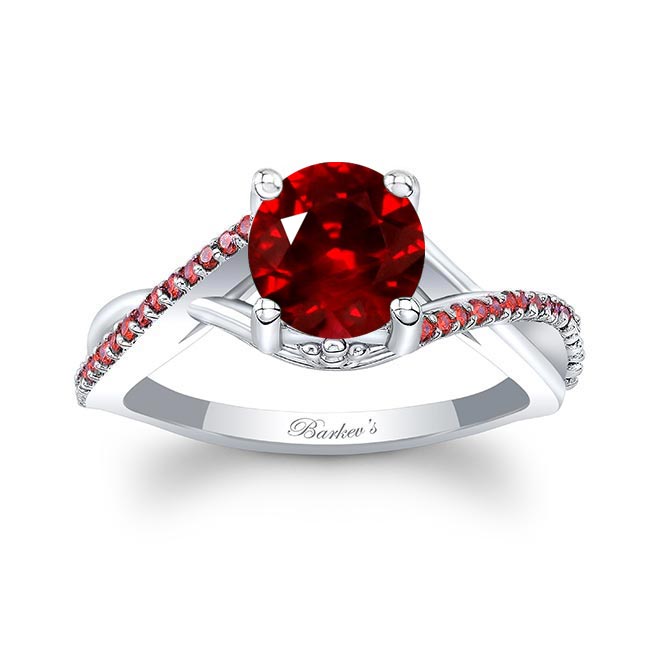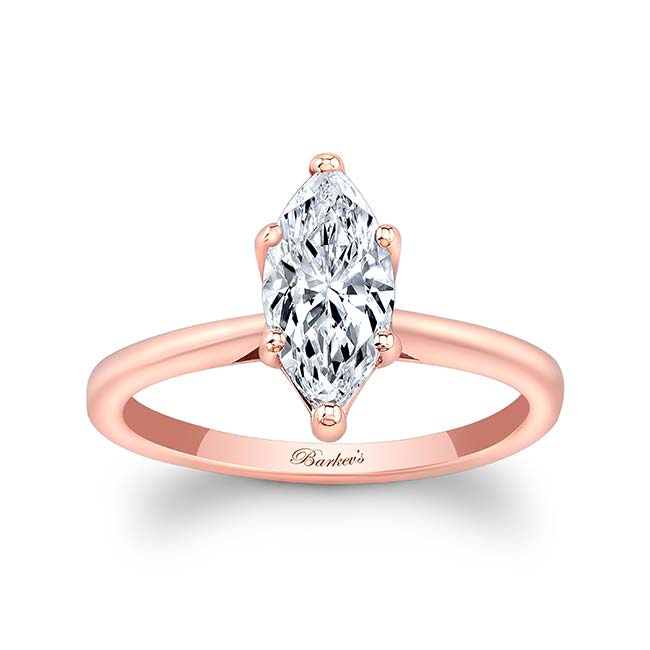Humans have been making jewelry longer than they’ve had dogs or written language. As far back as 150,000 years ago your human ancestors were crafting beads and earrings in the dawn of time.
Since then, the jewelry industry has only changed in small increments. New precious metals, new stones, and new designs, but still the same general concept. That was until modern technology took hold of bangles and necklaces.
How has jewel tech changed in recent years? From computer-aided design technology to artificial stones, let’s take a look at the impacts of advanced technology on this millennia-old practice.
Wearable Technology Meets Jewel Tech
Smart wearable tech is all the rage these days. 21% of Americans own either a wearable fitness tracker or a smartwatch. These devices allow people to track their vital signs, monitor sleep quality, and much, much more.
CPUs are getting smaller and smaller every year, making it possible to shrink them into pieces of jewelry. Bracelets, necklaces, and even earrings can house the complex processors. These processors, with the held of sensors, can provide helpful personal information.
In years past, the Fitbit was the most common type of wearable tech. It’s perfect for fitness gurus who want to track the intensity and length of their workouts. Modern smartwatches like the Apple Watch now even track blood oxygen levels, temperature, and GPS location.
These days, smart jewelry is even smaller and less noticeable as being electronic. There are necklaces and rings that vibrate upon receiving a notification. Some can act as remote camera controls or means to send an SOS signal.

NFC-Enabled Technology
NFC, or near-field communication, is a technology built into most phones and smart devices. It allows them to scan an NFC tag to activate smart features. NFC tags can be very, very small, making them the perfect thing to hide in jewelry.
For example, you could have a ring with an NFC tag that serves as your house key. You simply place the ring on your digital lock’s reader, and your door opens.
NFC is also very helpful for making secure digital payments. Imagine your smartphone is in your purse or pocket while you’re at the cashier, and your hands are occupied. Instead of reaching for your phone, you can make a payment with an NFC-enabled ring.
The possibilities are truly endless. If you can fit the tech into the small profile of a piece of jewelry, then you can make it. Someday, perhaps your 1-carat diamond ring can house a miniature computer of its own.

AI Technology
AI has been the talk of the town, especially with the introduction of tools like ChatGPT and DALLE 2. These neural networks can “learn” how to do almost any task we put to them. They can solve complex math equations, produce human-like speech, and solve previously unsolvable problems.
This means that you can use AI to help build jewelry. AI can create designs that no human has developed before. This could result in fascinating, uncommon jewelry trends.
Plus, AI excels at user analytics. It can parse troves of data about customers to learn what they like and don’t like. This is, after all, how AI advertisements these days identify the things we truly want.
Jewelry stores can use customer information to recommend the perfect engagement ring. This will be a game changer, as many people deliberate for a long time over their jewelry purchases. Having a machine to help them will speed up the decision process in spades.

Computer-Aided Design Technology (CAD)
CAD is the bread and butter of engineers across the world. Professionals building everything from cars to skyscrapers can iterate upon digital designs and test them digitally with real-world physics. CAD and CAM software allow them to build with realistic dimensions and materials on a computer.
Luckily, this technology lends itself well to designing jewelry, too. In the past, custom jewelry was something you designed on paper. It was a tedious process that took a long time, even for a skilled designer.
Now, thanks to CAD technology, jewelry designers can craft complex, stunning, unique designs with greater ease.

3-D Printing
3-D printing took the world by storm less than two decades ago and continues to grow in popularity. The basic principle is simple. A printer-like arm moves on three axes to slowly “print” 3-D objects onto a plate
3-D printing allows anyone to make almost anything they can imagine. Naturally, those who craft jewelry can make use of this technology as well.
For example, jewelry designers can use it to create a plastic mock-up of a design before production. This allows them to hold a ring or necklace in their hands, a prototype they can use to improve their iterative process. They can also build these mock-ups with perfect precision and accuracy.
Additionally, they can create molds for casting jewelry components with much greater ease. This increases the speed with which they can design pieces compared to the old wax mold technology.

Laser Technology
Lasers now play an important role in the manufacturing industry. Primarily, in cutting and shaping materials. A high-powered laser can cut through thick steel faster and with greater precision than other tools.
This also can help the jewelry industry. Jewelers will be able to precision-cut both the metal bands for the rings as well as the gemstones. Since laser cutting relies on a computer, jewelers can have greater precision than with their own hands.
This requires very little input from the engineer. All they have to do is upload the design, and the machine handles the work. It does so very quickly, pushing out shaped material in only a few minutes.
Lasers are safe to use, containing all their harmful radiation within their working enclosure. They may also be more economical, as they do the work of multiple professionals in one package.

Artificial Gemstones
Artificial gemstones are nothing new. Fake diamonds have been around for years, especially when it comes to diamond-edged industrial cutting blades. The only reason they hadn’t experienced popularity earlier in jewelry gemstones was that people wanted “real” diamonds.
These days, the trend has flipped. People love man-made stones for their engagement rings. No one cares that scientists fabricated it in a lab. As long as it looks real and beautiful, who cares?
For every customer that buys a real diamond, 10 buy a lab-grown one. Even experts struggle to tell the difference between the two when examining them under a microscope.
Scientists can also grow other gemstones in a lab. Think rubies, emeralds, and almost any other. They’re cheaper than their real counterparts, making high-quality jewelry more affordable to the average person.
Another significant advantage of artificial gemstones is a diminished environmental impact. Extracting gemstones from the earth is a carbon-intensive process that often ruins precious land. Conflicts and exploitation can result from the extraction of gemstones in developing nations, too.
All in all, artificial gemstones are better for everyone involved.

Online Shopping
In years past, the best way to find jewelry was in a physical shop. Sure, you could order it through catalogs, but the picture might not match the reality. Wearing a piece in a shop was an important step in deciding on a purchase.
Now, online shopping has become the norm. It not only makes it easy to find what you’re looking for, but you can get a good idea of how an item looks. Pictures and 3-D virtual views help customers to make more informed decisions.
People can also get their jewelry in record time. Same-day or next-day shipping means they don’t have to wait weeks for their purchase to arrive.
This also extends the reach of shops that specialize in jewelry. Instead of relying on a local customer base, a single shop can sell to the entire world.

Social Media Influence
Social media has changed our society forever. It shapes how people get their news, how they interact with strangers, and the careers they pursue.
This has changed the jewelry industry as well. Local shops now have more advertising power. They can expand their virtual reach with blogs and informative articles.
Plus, the nature of sponsorship has changed. Now, everyday people can sponsor jewelry makers by wearing their collections wherever they go. They can review the jewelry and online videos and posts, showing it off to a more diverse audience.
This has led to explosions in fast fashion. Viral trends involving jewelry on Instagram and TikTok can gain millions of interested viewers overnight. This makes for free advertising if a jewelry maker is clever with Astroturf advertising.

Find the Jewelry of Your Dreams at Barkev’s
Jewel tech has come a long way just in the last couple of decades. Thanks to 3-D printing, AI, artificial gemstones, and laser cutting, jewelry designers can build intricate designs in record time. Online shopping and social media allow easy access to high-quality jewelry from anywhere in the world.
Barkev’s is the best place to get your engagement and wedding rings. Take a look at our selection here and get yourself a band for that s


